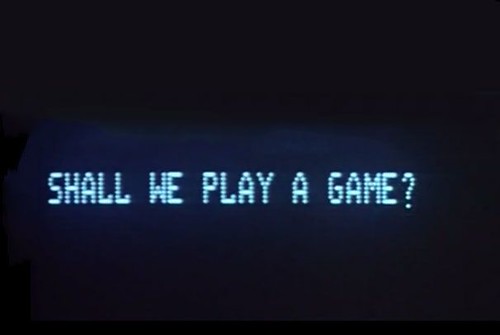How has the perception of gamification changed? For the worse, according to the four-year longitudinal study “Has gamification failed or failed to evolve?” by Marigo Raftopoulos. The study spanned 23 organizations from fields such as banking, IT, travel, government, and others, reaching 11.4 million users. Two surveys, sent out in 2014 and 2018, show that 60% of the organizations had stopped using gamification, 22% had reduced, and only nine percent increased its employment. The decrease was due to increasingly negative experiences, mainly with poor perceived value for businesses.
Gamification brings the experiences and motivations afforded by good games to increase user satisfaction, and to make systems more effective and better utilized. Yet the author points out a challenge in deploying it: organizations are complex and focused on utilitarian value creation, while games are entertainment products. And, unlike the use of company information systems, participation in gaming is voluntary.
The research found four themes of criticism: low long-term business value, lack of support from the organization’s leadership, changed responsibilities, and a general loss of interest. Gamification was seen by many as a fad that had been surpassed by newer things, having design limitations, and lacking both technological innovation and comprehensive business tools. Organizations were looking for offerings that included business strategy, design, and organizational transformation, not only technological systems. The practitioners were deemed lacking in business expertise, professionalism, and tending to overpromise and underdeliver. Gamification was implored to be approached as a design discipline, and to this end, needing more research.
Interestingly, while satisfaction had significantly fallen, the more satisfied respondents were more likely to have experimented with gamification. The author notes that the reduced satisfaction could be due to the lack of experimentation, innovation, and issues integrating gamification with older information systems. Ten percent of the respondents used gamification in experimental designs, design approaches and technologies, design teams, and gamified experiences. Another ten percent had experimented with training, learning, development, marketing, and innovation. Half of the respondents had used gamified systems such as badges, challenges, points, or narratives, and the final 30% had not experimented at all.
Other research has found support for gamification not yet fully utilizing the knowledge and skills found in game design. Indeed, the creation of effective gamified business applications is highlighted as a future research opportunity.
The Article
Raftopoulos, M. (2020). Has gamification failed, or failed to evolve? Lessons from the frontline in information systems applications. GamiFIN Conference 2020, 21-30. http://ceur-ws.org/Vol-2637/paper3.pdf
Image by dlohner from Pixabay. https://pixabay.com/photos/vr-virtual-reality-glasses-3411378/
You might also like
More from Game Research Highlights
How do you want to do this? – A look into the therapeutic uses of role-playing games
Can playing RPGs contribute positively to your wellbeing? A recent study aims to find out how RPGs are being used …
Eldritch horrors and tentacles – Defining what “Lovecraftian” is in games
H.P. Lovecrafts legacy lives today in the shared world of Cthulhu Mythos and its iconic monsters. Prema Arasu defines the …
Are Souls Games the Contemporary Myths?
Dom Ford’s Approaching FromSoftware’s Souls Games as Myth reveals the Souls series as a modern mythology where gods fall, desires …















